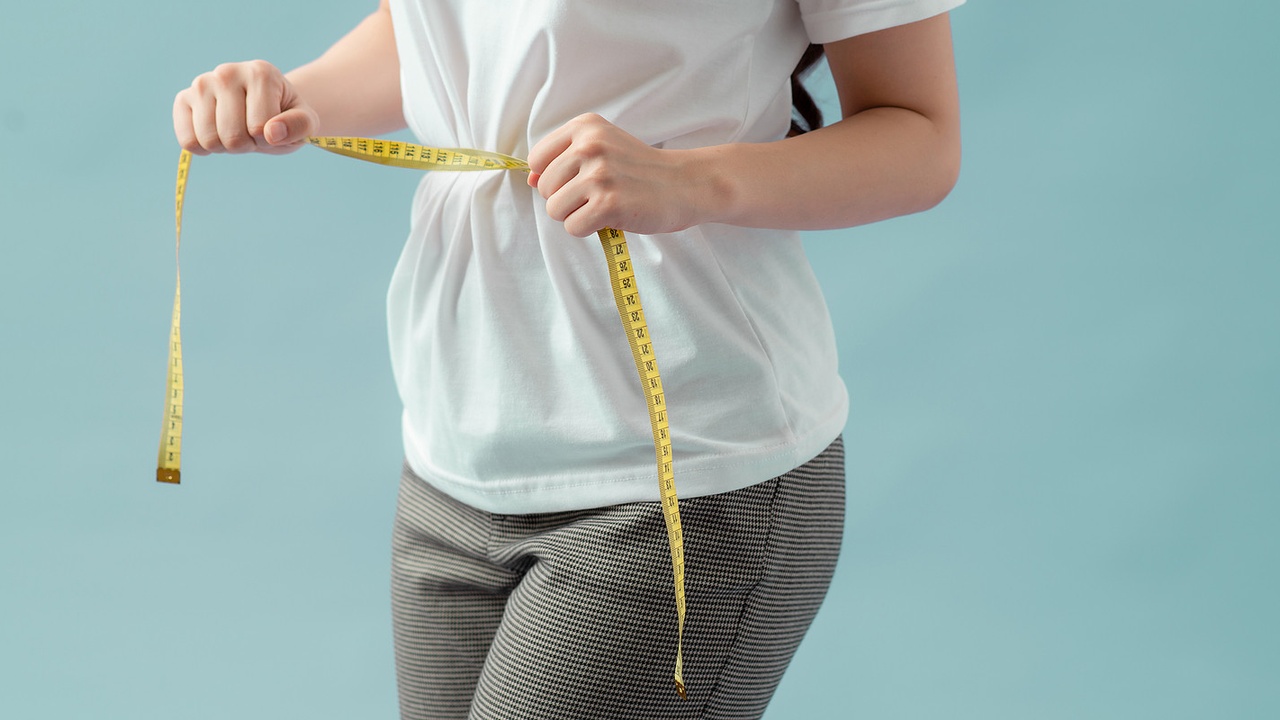Okay, let’s be open about this . . . If you’re female, part of your motivation to exercise is weight management or weight loss. Also, your desire may be to eat what you want. Or, maybe you just want to lose a few pounds to look more attractive. Regardless, we all know that weight is a factor in our workouts. And, I admit it, it is for me, too. So, what should we be doing to maximize our results? High or very high intensity intervals! Let me explain.
Study finds lower calorie consumption following hard intervals
Here’s the data. A new study (May 2013) from the International Journal of Obesity found that high and very high intensity intervals lowered calorie intake after the exercise. These high intensity intervals (HII) consisted of 60 seconds at max, followed by 4 minutes at 60% max. Also, the very high intensity intervals (VHII) were 15 seconds at 170% max, followed by 60 seconds at 32% max.
Of course, the study was done on 17 overweight men. However, the facts remain. Here’s what happened at a post-exercise meal 70 minutes after the workout. The group of men that did high intensity or very high intensity intervals ate fewer calories than men in the resting control group. The VHII group also had lower calorie intake than a group of men who exercised for 30 minutes at 60% max. Finally, the VHII group kept a lower calorie intake for 38 hours after the workout. Wow!
The exercise afterburn effect
And here’s more data! Previously, studies had found that the amount of calories our bodies burned right after exercise is also higher with short, high intensity intervals (Laforgia et al. 1997). This rise in metabolism is called exercise afterburn. That’s because we need to bring our body back to resting conditions. A lot of things cause this. For example, our bodies use energy to replenish oxygen stores. Also, during this phase, they re-synthesize phosphagen (ATP-PC), a critical energy source in short anaerobic (without oxygen) efforts. Also, they remove lactate. Finally, during this time, we also have higher ventilation rates, increased blood circulation, and the need to lower our body temperature back to normal (Borsheim and Bahr, 2003).
The triple benefit of high intensity intervals
Clearly, short, hard efforts increase your metabolism after exercise. And, they reduce the amount of calories you eat after a workout. This is a win-win for your weight! In addition, intervals are the best way to enhance your cardiovascular fitness. Want to know more? Read more about intervals on my blog, How and Why to Add Intervals to Your Workouts.



